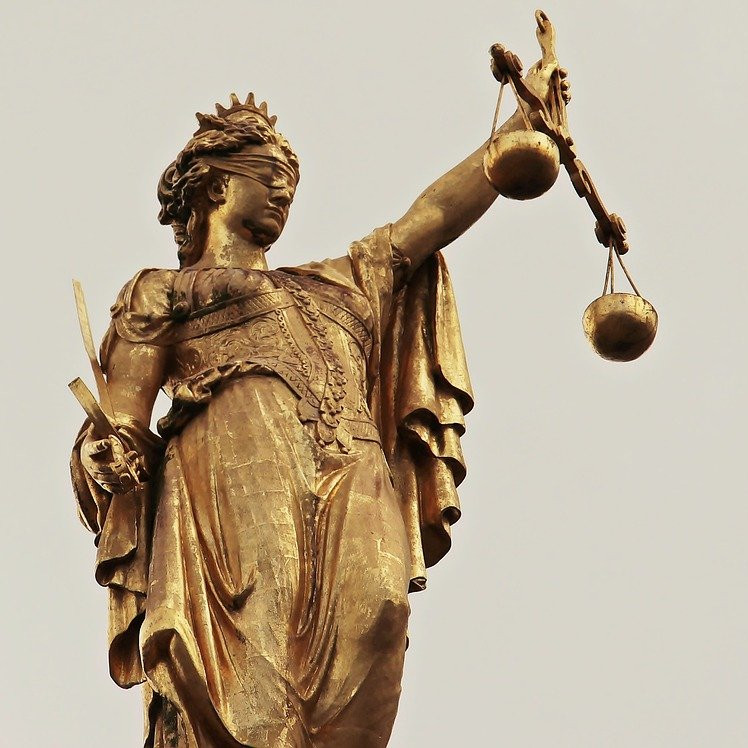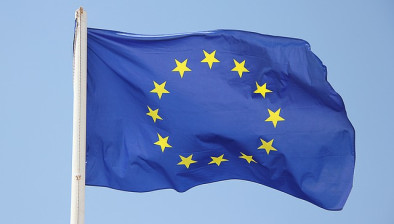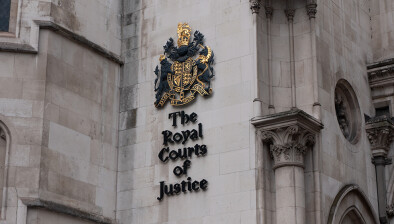Outer House recalls petition for seizure of computer code from ex-employees in alleged copyright breach

A Lord Ordinary has recalled a petition by two companies seeking to reclaim computer code from two former employees on the basis that they had breached confidentiality and infringed their copyright after finding that the petition had been granted without full disclosure.

About this case:
- Citation:[2025] CSOH 74
- Judgment:
- Court:Court of Session Outer House
- Judge:Lord Lake
PE Ltd and another company sought and obtained an order under section 1 of the Administration of Justice (Scotland) Act 1972 against Alan Tominey and Peter Mann, which they sought to recall with a direction that any materials recovered in the exercise of that order should be destroyed. In the event that the petition was not recalled, they submitted that material non-disclosures made by the petitioners required the matter to be considered of new.
The petitioner was considered by Lord Lake in the Outer House of the Court of Session, with Higgins KC appearing for the petitioners and Manson, advocate, for the respondent.
Culture of confidentiality
On 20 May 2025, the petitioners sought and obtained an order under the 1972 Act appointing commissioners to attend the residential addresses of the respondents and take possession of identified materials. They contended that the respondents had infringed their copyright and breached contractual duties of confidentiality by uploading a copy of a computer code used in the petitioner’s business to the software website GitHub. In addition, the petitioners were concerned that the respondents were setting up a competitor business and would infringe copyright and use confidential information in the course of that business.
The respondents claimed that the petitioner had failed to disclose 8 material factors to the court when seeking the relevant order. These included that, prior to leaving the petitioner, the first respondent had been in dispute with them and lodged a formal grievance procedure, that he had been candid with the petitioners that he likely retained material belong to them, and that there were differences in the functional identity between the petitioners’ source code and the code uploaded to GitHub which the petitioners did not make clear to the court.
Counsel for the respondents submitted further that the petition had been misleading as to the “culture of confidentiality” said to have maintained by the petitioners, which in truth did not exist, as was clear from the evidence of David Hopkinson, the Product Development Director of the first petitioner. When all the matters that were not previously disclosed were taken into account, it was apparent that there was no justification for the order.
For the petitioners it was submitted that, while the various non-disclosures raised by the respondents might be necessary to consider in an action following on from the petition, they were not such as to mean the order should be recalled. The position in relation to a culture of confidentiality was another area in which there was a dispute of fact and, as before, was not incumbent on the petitioners to set out in a petition a version of events which they did not accept.
Incorrect impression
In his decision, Lord Lake began by observing: “Many of the submissions made by the petitioners do not relate to the question of non-disclosure but are concerned instead with why it is or was appropriate to grant the Order. That matter is not directly relevant to the issue of whether the court’s attention should have been brought to a matter but was not. It is also important to emphasise that I am not required to reach any view - even a preliminary one - on the merits in the underlying dispute between the parties.”
He continued: “Turning to the issues as to whether the first respondent was candid with the petitioners that it was likely that there would still be material belonging to them in his possession and the culture of confidentiality. In relation to both there is a dispute as to the facts and it is not clear that the petitioners knew or had cause to suspect that the respondents took a view that differed from theirs. There was no breach of the duty of disclosure in relation to these matters.”
Considering the similarity between the two sets of code, Lord Lake said: “The petitioners accepted in the note prepared for the hearing before me that the use of the word ‘facsimile’ in the petition and Mr Hopkinson’s affidavit to describe the relationship between software demonstrated by the second petitioner in the video clip and the petitioners’ code was ‘not the ideal choice of word’. I agree. It created an impression which was incorrect.”
He concluded: “The court is faced with a petition seeking an order under section 1 and accompanying affidavits. It has limited preparation time before the motion is heard. The word ‘facsimile’ creates an immediate and powerful impression. Simply referring to productions which illustrate that it was not correct without expressly drawing it to the judge’s attention would not rectify that impression. In view of the foregoing, I am satisfied that the duty of disclosure was not satisfied and I must consider whether to recall the order made. In my view that is the appropriate consequence.”
Lord Lake therefore directed the petitioners and commissioners to return the respondents’ property to them and permanently destroy any copies made of the same, and dismissed the petition.









